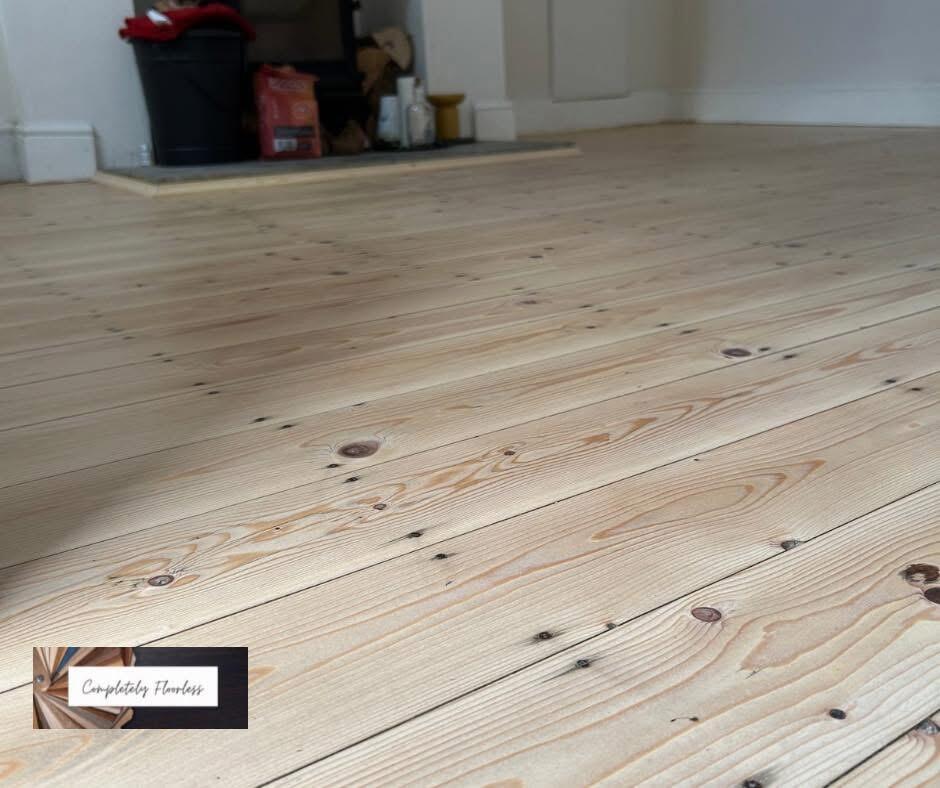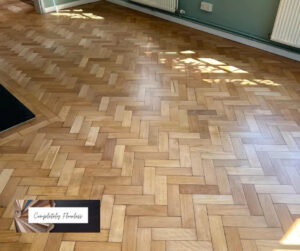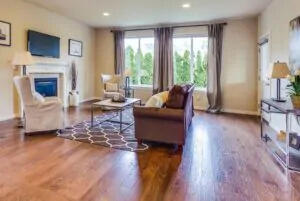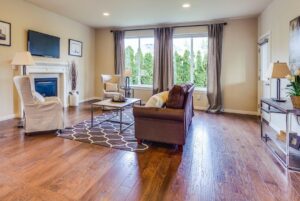Are you a proud owner of sanded wood floors? If so, you probably cherish their beauty and warmth. However, did you know that humidity can be a real foe to your investment? Protecting your sanded wood floors from moisture is essential to preserving their lustre and long-term durability.
In this article, we reveal essential techniques to protect your hardwood floors from the harmful effects of humidity. Learn how to implement effective humidity control solutions and maintain your floors’ natural elegance.
With these practical tips, you will enhance your home’s interior while preserving the quality of your wood flooring for years to come.
Understanding the Impact of Humidity on Sanded Wood Floors
The impact of floor humidity on sanded wood floors cannot be overstated. Wood is a natural material that responds to changes in humidity, expanding in high moisture and contracting in dry conditions.
This fluctuation can lead to gaps, warping, and even buckling in your floors. To combat these issues, it’s critical to understand the balance of humidity in your home.
How Humidity Affects Your Sanded Wood Floors
Humidity significantly impacts the condition and appearance of sanded wood floors. Fluctuating moisture levels in the air can lead to issues such as warping, splitting, or cupping of the wood.
High humidity levels often cause wood to absorb moisture, causing it to swell. This swelling can disrupt the floor’s smooth surface, creating gaps and unevenness.
Conversely, low humidity levels can lead to excessive drying, resulting in shrinkage and visible seams between floorboards. Maintaining a stable humidity range is crucial for preserving hardwood floors.
Effective Humidity Control Solutions
One of the best wood floor maintenance tips for preserving hardwood floors is implementing effective humidity control solutions:
- Use dehumidifiers: If your area experiences high levels of humidity, consider investing in a dehumidifier.
- Air conditioning: Not only does air conditioning cool your home, but it also helps to regulate humidity.
- Ventilation: Ensure proper ventilation in your home by using exhaust fans in bathrooms and kitchens.
In addition to controlling humidity levels, you can take further steps to ensure more robust sanded floor protection:
- Regular cleaning: Sweep or vacuum regularly to prevent dirt buildup, which can scratch the surface of your floors and trap moisture, using a damp mop with a mild wood cleaner occasionally to keep them shining.
- Area rugs: Strategically placing area rugs in high-traffic areas can shield your sanded wood floors from wear and tear, while also absorbing some excess moisture.
- Conditioning products: Consider using specialised floor maintenance products designed to nourish and protect sanded wood floors, as these can help replenish the finish and create a moisture barrier.
The Key to Long-lasting Sanded Wood Floors
Controlling humidity is essential for preserving your sanded wood floors and maintaining their aesthetic appeal. Proper humidity control prevents warping, cracking, and other types of damage that can diminish quality. You can achieve this by investing in humidifiers or dehumidifiers, depending on your requirements.
Completely Floorless stands out as a local company that specialises in wood floor restoration in Reading. With dust-free sanding and a commitment to minimising disruption, we breathe new life into worn-out wooden floors, ensuring your investment stays beautiful longer.
Contact us today for a free quote, and let us help you protect and maintain your floors.





